Photographs unseen for over a century
This article contains affiliate links. We may earn a small commission on items purchased through this article, but that does not affect our editorial judgement.
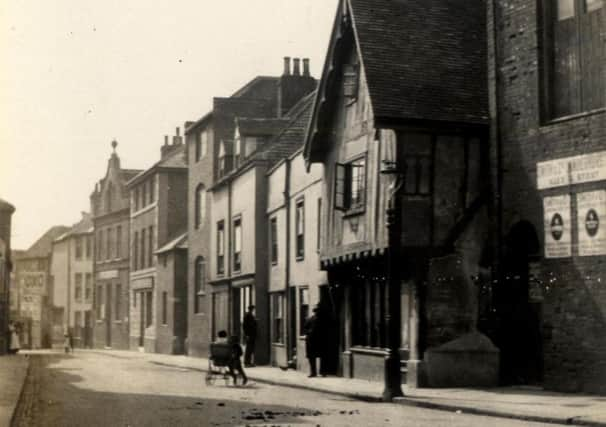

He writes: Examples of the amateur photographer’s art don’t always turn up in albums, sometimes small packets of photographs are discovered, unmounted and unseen for over a century like this small collection that appears to date from around 1914.
There’s no indication of the identity of the photographer and no indication whether he or she was local or just visiting.
Advertisement
Hide AdAdvertisement
Hide AdThe Kodak Box Brownie camera had been introduced in 1900 with the aim of bringing photography to the masses and it may be that these images were a result.
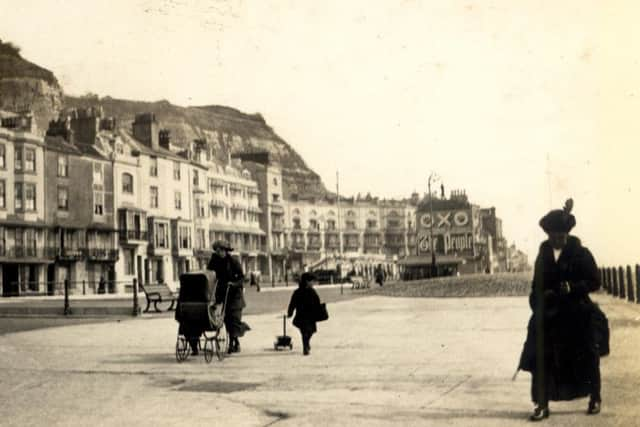

All illustrations throughout this series are from Ion Castro’s own collection and he can make available copies of many of the historic images used in this series. There’s more local history on Ion’s website, www.historichastings.co.uk
Captions.
The Bourne:
The road we know today as “The Bourne” finally split the Old Town in half in the 1960’s, joining the widened seafront to the bottom of Old London Road and relegating the Old Town’s main thoroughfares, All Saints Street and High Street, to sidestreet status. This side of the road shown is easily recognisable today. The Old Court Hall in the centre of the picture dates from around 1450 and is believed to be the oldest building in Hastings The warehouse next door has had its frontage remodelled and the posters are advertising Smith’s Lamberhurst Ales, a brewery that was to survive until 1921. Further down the street can be seen Watneys Brewery depot and beyond it the public baths and wash house that closed in 1966 and were later demolished. All the buildings on the left were swept away when the Bourne was widened.
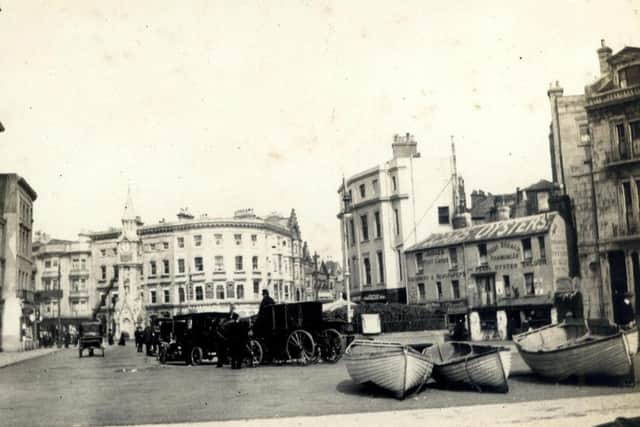

Albion:
The Royal Albion, now known simply as ‘The Albion’ was first licensed for drinks in 1730 although the present building is around a century younger than that. Today the buildup of shingle against the harbour arm has protected the promenade from the ravages of the sea as observed here where a storm has seriously undermined the promenade and notice the horse bus in the centre of the picture - the tramway opened in 1905 didn’t penetrate the Old Town
Lifeboat House 2:
Advertisement
Hide AdAdvertisement
Hide AdThe pavement is very empty, was this because the start of the first war was keeping visitors away? In the 1930’s the new boating lake was making the launching the lifeboat difficult and in 1948 a new lifeboat house was built closer to the harbour arm. The old building was leased to the scouts and finally demolished for road-widening in 1959. The blue enamel sign above the door survives and is on display in the Fishermen’s Museum and one of the ceramic panels that can be seen above that sign was saved by well-known old-towner DeeDay White and is displayed in the lobby of the current lifeboat house. Notice washing drying on the pebbles
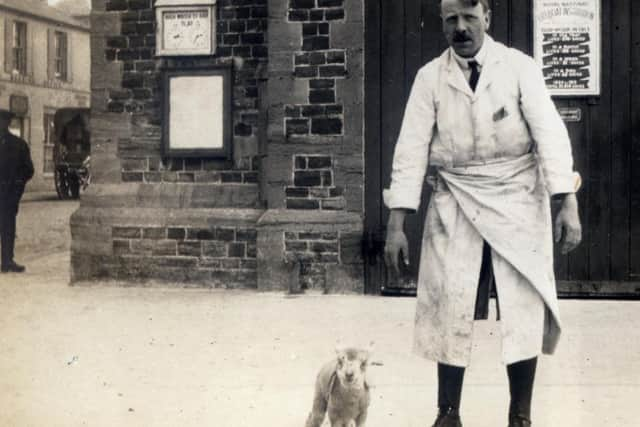

Lifeboat House:
There’s a story here if only it could be discovered, pictured in front of the old Lifeboat House, still in use at this time and housing, from 1901-31 the ‘Charles Arkcoll II’ Is that a butcher?, and why the lamb? The notice on the door reads “Royal National Lifeboat Institution, our work in 1913” and displays a detailed breakdown of lives saved nationally. The old customs house can be seen on the left
Memorial:
A fascinating image of the former focal point of Hastings, The Albert Memorial to give it its full title was built in 1862 and Prince Albert, Queen Victoria’s Consort, can be observed gazing out to sea. The Memorial replaced lamp standard on the site of the old Priory Bridge and was demolished by the Council in 1973 after a small fire. Notice the rowing boats drawn up in the foreground, at that time there was level access to the beach because Sidney Little’s promenade and underground car park that cut Harold Place off from the sea were yet to be built. Judges Postcard Shop can be seen to the right of centre next to Breach’s Oyster bar. The statue survived the demolition and is due to be re-sited next to the Town Hall.
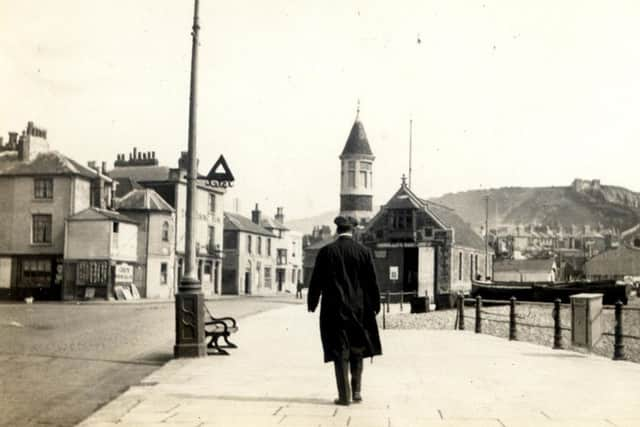

Pelham:
An almost deserted promenade, the end Beach Terrace in front of Pelham Crescent was a popular redezvous “By the OXO sign”. The terrace, which was often subjected to attacks by the sea during storms was finally demolished in the early 1930’s as part of Sidney Little’s promenade improvements and the terrace an the left suffered under the hand of the Luftwaffe but was rebuilt after the war in a utilitarian 1960’s style., The magnificent Regency terrace to the left of Pelham Crescent was to survive the war only to be replaced by Aquila House in the 1970’s.
Advertisement
Hide AdAdvertisement
Hide AdDon’t miss out on all the latest breaking news where you live.
Here are four ways you can be sure you’ll be amongst the first to know what’s going on.
1 Make our website your homepage at www.hastingsobserver.co.uk
2 Like our Facebook page at www.facebook.com/hastingsobserver
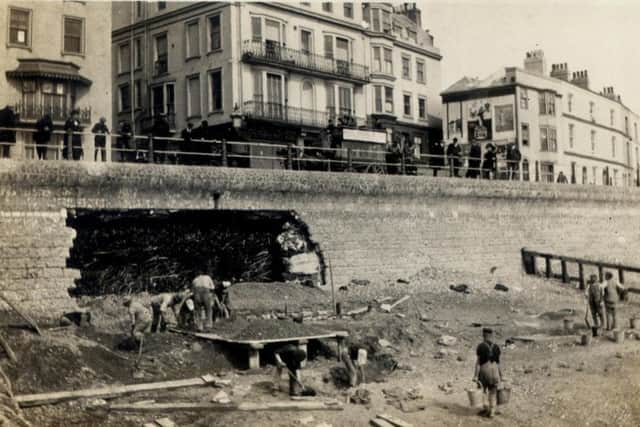

3 Follow us on Twitter @HastingsObs
Advertisement
Hide AdAdvertisement
Hide Ad4 Register with us by clicking on ‘sign in’ (top right corner). You can then receive our daily newsletter AND add your point of view to stories that you read here.
And do share with your family and friends - so they don’t miss out!
The Hastings Observer - always the first with your local news.
Be part of it.